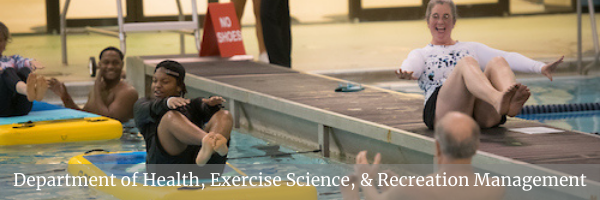Document Type
Article
Publication Date
9-1-2020
Abstract
Sensory systems are widely known to exhibit adaptive mechanisms. Vision is no exception to input dependent changes in its sensitivity. Recent animal work demonstrates enhanced connectivity between neurons in the visual cortex. The purpose of the present experiment was to evaluate a human model that noninvasively alters the amplitude of the N1b component in the visual cortex of humans by means of rapid visual stimulation. Nineteen participants (Mage = 24 years; 52.6% male) completed a rapid visual stimulation paradigm involving black and white reversal checkerboards presented bilaterally in the visual field. EEG data was collected during the visual stimulation paradigm, which consisted of four main phases, a pre-tetanus block, photic stimulus, early post-tetanus, and late post-tetanus. The amplitude of the N1b component of the pre-tetanus, early post-tetanus and late post-tetanus visual evoked potentials were calculated. Change in N1b amplitude was calculated by subtracting pre-tetanus N1b amplitude from early and late post-tetanus. Results demonstrated a significant difference between pre-tetanus N1b (M = −0.498 µV, SD = 0.858) and early N1b (M = −1.011 µV, SD = 1.088), t (18) = 2.761, p = 0.039, d = 0.633. No difference was observed between pre-tetanus N1b and late N1b (p = 0.36). In conclusion, our findings suggest that it is possible to induce changes in the amplitude of the visually evoked potential N1b waveform in the visual cortex of humans non-invasively. Additional work is needed to corroborate that the potentiation of the N1b component observed in this study is due to similar mechanisms essential to prolonged strengthened neural connections exhibited in cognitive structures of the brain observed in prior animal research. If so, this will allow for the examination of strengthened neural connectivity and its interaction with multiple human sensory stimuli and behaviors.
Relational Format
journal article
Recommended Citation
Moore, D., Ikuta, T., & Loprinzi, P. D. (2020). The effects of human visual sensory stimuli on n1b amplitude: An eeg study. Journal of Clinical Medicine, 9(9), 2837. https://doi.org/10.3390/jcm9092837
DOI
10.3390/jcm9092837
Accessibility Status
Searchable text


